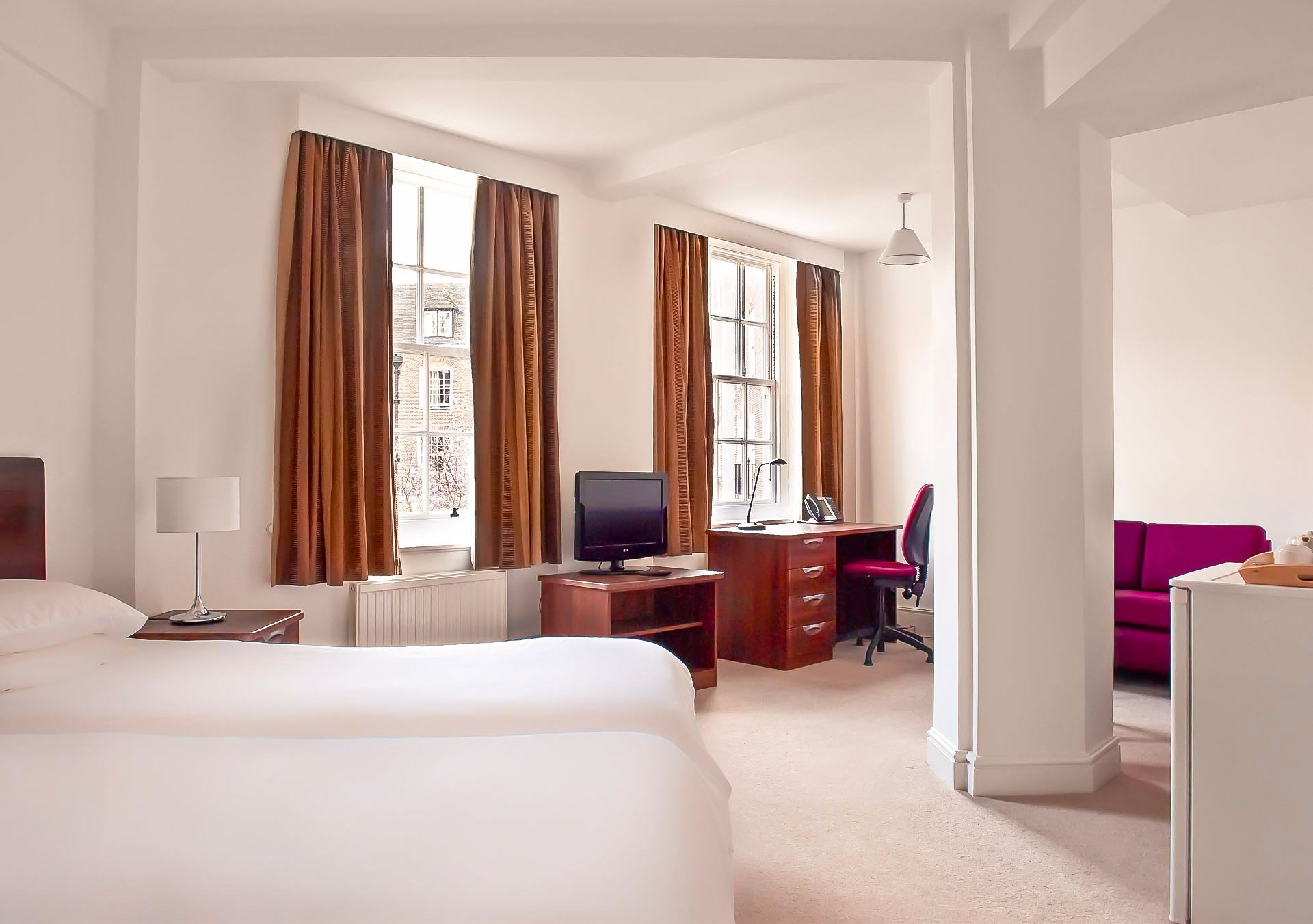York: la città storica
Al tempo della conquista romana della Gran Bretagna, l'area intorno a York era occupata da una tribù conosciuta dai romani come i Briganti. L'area tribale dei Briganti divenne inizialmente uno stato cliente romano, ma in seguito i suoi leader divennero più ostili a Roma. Di conseguenza la Nona Legione romana fu inviata a nord dell'Humber nel territorio brigantino.
La città stessa fu fondata nel 71 d.C., quando la Nona Legione conquistò i Briganti e costruì una fortezza militare in legno su un terreno pianeggiante sopra il fiume Ouse vicino alla sua confluenza con il fiume Foss. La fortezza, successivamente ricostruita in pietra, copriva un'area di 50 acri ed era abitata da 6.000 soldati. Il sito della fortezza romana si trova sotto le fondamenta della cattedrale di York e gli scavi nei sotterranei della cattedrale hanno rivelato alcune delle mura originali.
Durante il suo soggiorno a York, l'imperatore Severo proclamò York capitale della provincia della Britannia Inferiore, ed è probabile che fu lui a concedere a York i privilegi di colonia o città. Costanzo I morì nel 306 d.C. durante il suo soggiorno a York, e suo figlio Costantino il Grande fu proclamato imperatore dalle truppe di stanza nella fortezza.
La prima chiesa Minster fu costruita a York per il battesimo del re Edwin di Northumbria nel 627. Nell'866, i Vichinghi fecero irruzione e catturarono York. Sotto il dominio vichingo la città divenne un importante porto fluviale, parte delle vaste rotte commerciali vichinghe in tutto il nord Europa. L'ultimo sovrano di Jórvík indipendente, Eric Bloodaxe, fu cacciato dalla città nell'anno 954 dal re Edred nel suo tentativo riuscito di completare l'unificazione dell'Inghilterra.
Nel 1068, due anni dopo la conquista normanna dell'Inghilterra, il popolo di York si ribellò, solo per essere represso da Guglielmo il Conquistatore. Costruì subito due fortezze di legno su motte, che sono ancora visibili, su entrambi i lati del fiume Ouse. La prima cattedrale in pietra fu gravemente danneggiata da un incendio durante la rivolta e in seguito i Normanni decisero di costruire una nuova cattedrale su un nuovo sito. Intorno all'anno 1080 l'arcivescovo Tommaso iniziò la costruzione di una cattedrale che col tempo divenne l'attuale Minster.
La città subì un periodo di declino durante l'epoca dei Tudor e fu teatro di aspri combattimenti durante la guerra civile degli anni Quaranta del Seicento. Dopo la restaurazione della monarchia nel 1660 e la rimozione della guarnigione da York nel 1688, la città fu dominata dalla nobiltà locale e dai mercanti, sebbene il clero fosse ancora importante. Le numerose ed eleganti case a schiera di York, come la Lord Mayor's Mansion House e la Fairfax House (ora di proprietà dello York Civic Trust) risalgono a questo periodo, così come le Assembly Rooms e il Theatre Royal.
York: l'Università
L'Università di York è stata fondata nel 1963 e da allora si è espansa fino a comprendere più di trenta dipartimenti e centri, che coprono una vasta gamma di materie. Nel 2003 ha attirato il più alto reddito pro capite da ricerca di qualsiasi università del Regno Unito. In meno di mezzo secolo l'università si è costruita una reputazione che la colloca tra le 30 migliori università d'Europa. Nell'ultimo esercizio di valutazione della ricerca del 2008, York è stata anche nominata il sesto miglior istituto di ricerca nel Regno Unito.
Nata come alternativa a Oxford e Cambridge, l'Università attrae un corpo studentesco con una vasta gamma di background, tra cui un gran numero di studenti internazionali e un numero relativamente elevato di studenti delle scuole statali rispetto ad università simili come quelle di Bristol e Bath secondo La guida della Times Good University. Situato a est della città di York, il campus universitario misura circa 200 acri e comprende lo York Science Park e il National Science Learning Center. Orgogliosa della sua fauna selvatica, dei rinomati laghi del campus e del verde, l'istituzione occupa anche grandi edifici nella storica città di York. L'università comprende otto college, che hanno somiglianze con i college tradizionali delle università collegiali di Oxford, Cambridge e Durham, che forniscono anche residenze per gli studenti, i quali sono tutti assegnati a un college. Nel maggio 2007 all'università è stato concesso il permesso di costruire un ampliamento del suo campus principale, su un terreno coltivabile appena ad est del vicino villaggio di Heslington. Il terreno è stato rimosso dalla cintura verde soprattutto allo scopo di ampliare l'università.
